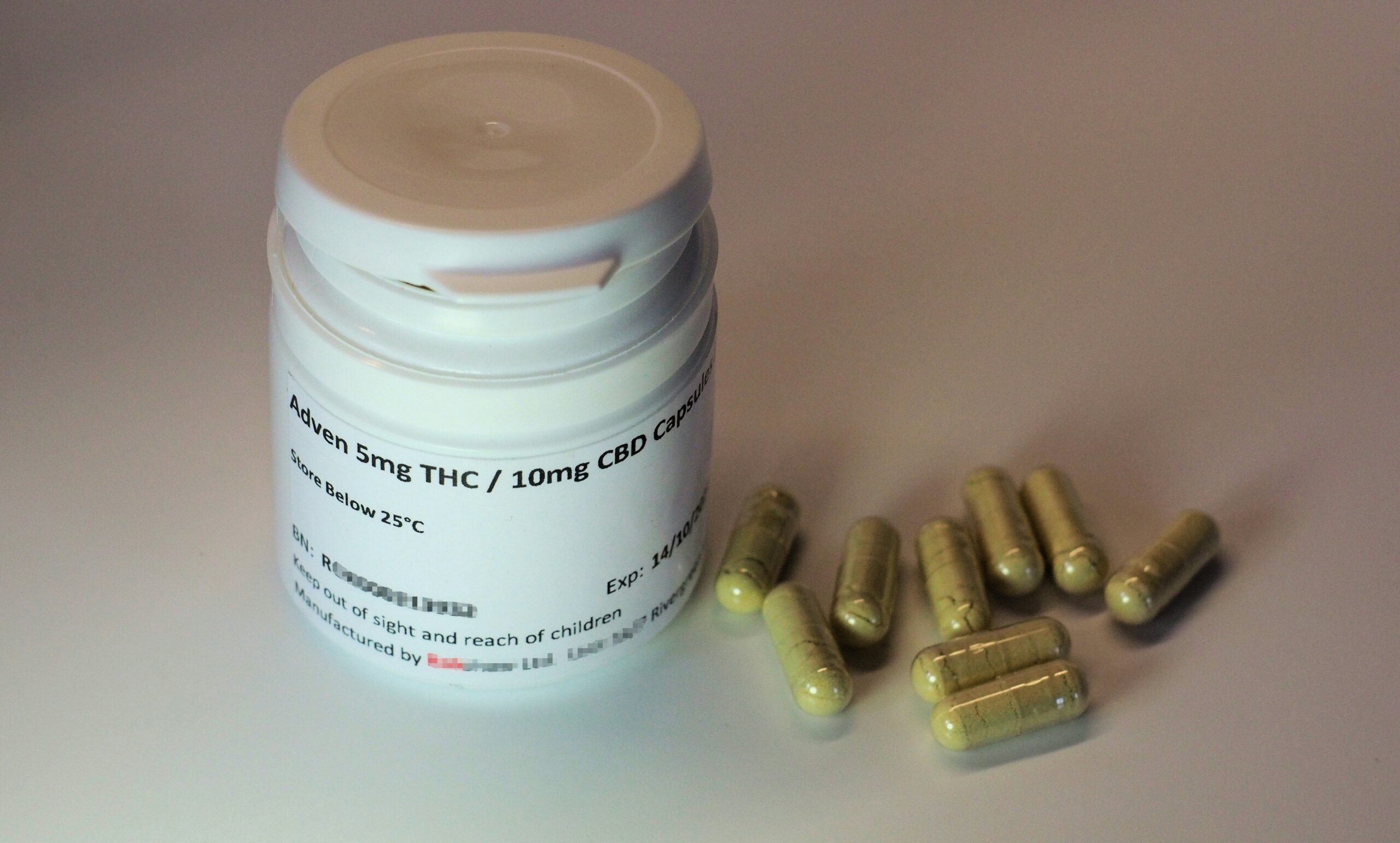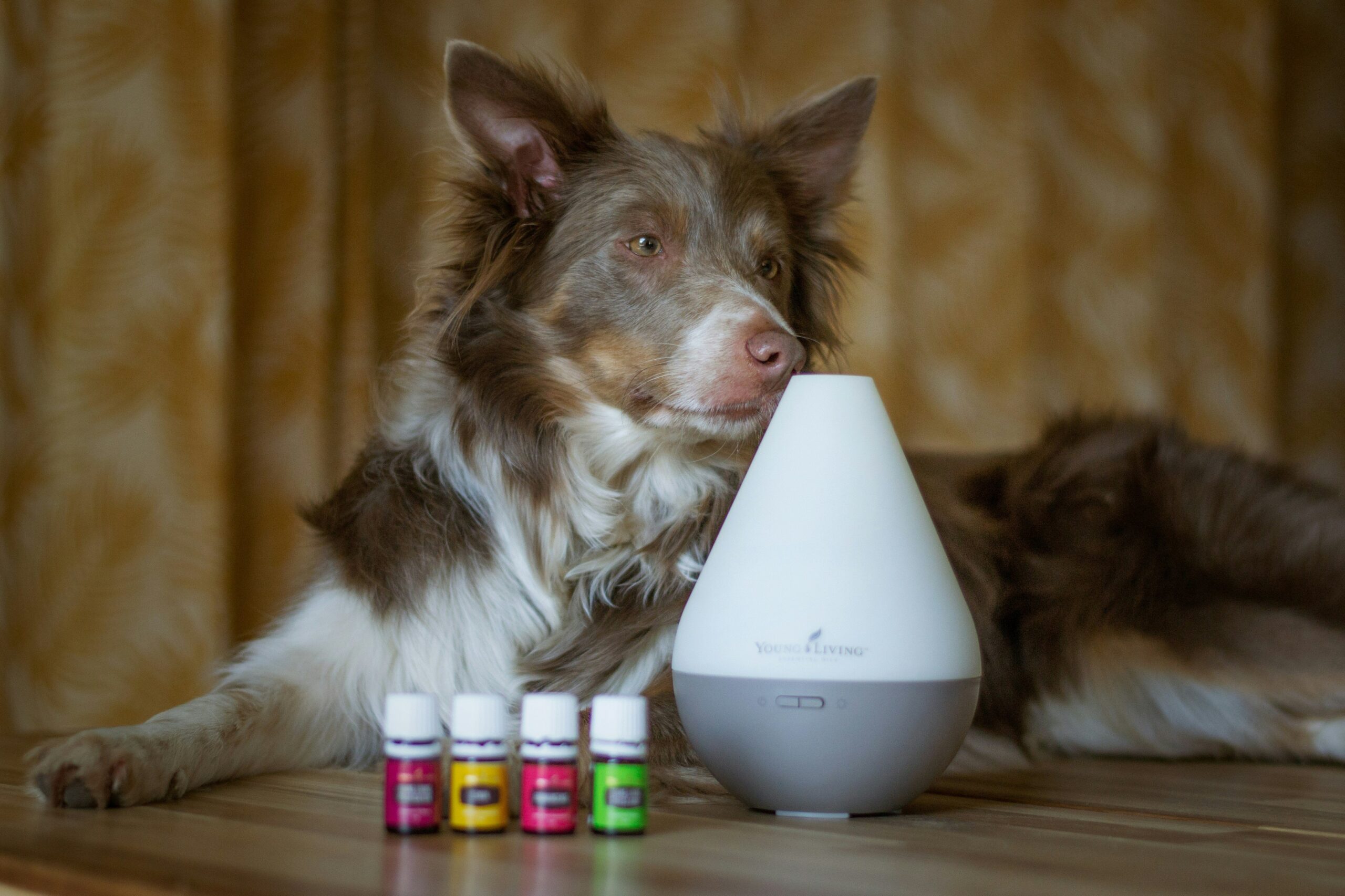Ever watched your four-legged bestie sneeze uncontrollably during pollen season? Or maybe they’ve been itching like their tail is on fire after a trip outside. You’re not alone. Pet respiratory allergies are more common than you think—and if left unchecked, they can wreak havoc on your fur baby’s health. But what if I told you there’s an ancient spice that might just be the key to calming those sniffles? Yeah, we’re talking about turmeric.
In this blog post, “Turmeric and Respiratory Allergies,” you’ll discover how turmeric supplements could become your pet’s new BFF. We’ll break down the science behind its benefits, share actionable steps for introducing it into your pet’s diet, highlight tips to avoid pitfalls, and even sprinkle in some quirky tales from my own chaotic journey as a first-time dog parent. Ready? Let’s dive in.
Table of Contents
- The Problem With Pet Respiratory Allergies
- How to Introduce Turmeric Supplements Safely
- Dos & Don’ts When Using Turmeric Supplements
- Real-Life Success Stories
- FAQs About Turmeric and Respiratory Allergies
Key Takeaways
- Turmeric contains curcumin, which has anti-inflammatory properties that may ease symptoms of respiratory allergies in pets.
- Consult with your vet before adding any supplement to your pet’s diet.
- Quality matters—choose organic, high-quality turmeric formulations designed specifically for animals.
- Avoid overdosing; turmeric should complement—not replace—traditional allergy treatments.
Why Are Respiratory Allergies Such a Pain Point for Pets?

Image description: A golden retriever lying on a couch, clearly irritated by itchiness caused by seasonal allergies.
Pets suffering from respiratory allergies often deal with symptoms like wheezing, coughing, nasal discharge, or excessive scratching around the face and ears. These issues can stem from environmental triggers—pollen, dust mites, mold spores—or food sensitivities. If your pup spends half the day pawing at their snout or your cat wakes you up sneezing louder than your morning coffee maker whirrs (whirrrrr!), chances are allergies are to blame.
One time, I ignored my dog’s constant eye-rubbing until he developed conjunctivitis. Yep, rookie mistake alert. The vet said his condition likely stemmed from untreated seasonal allergies. Afterward, I dove headfirst into researching natural remedies—and stumbled upon the magic of turmeric. Spoiler: It worked wonders!
How to Introduce Turmeric Supplements Step-by-Step
Optimist You: “Adding turmeric will solve all our problems!”
Grumpy Me: “Slow your roll. Doing it wrong could turn your pooch orange.”
Here’s a solid plan to get started safely:
Step 1: Consult Your Vet First
Before you do anything, consult a professional. Not every pet tolerates turmeric well, especially those with liver issues or pregnant/nursing animals.
Step 2: Choose the Right Supplement
Select a pet-safe turmeric supplement formulated without unnecessary fillers or additives. Powdered forms mixed with black pepper (for better absorption!) work great too.
Step 3: Start Small
Begin with a minimal dose (about 1/8 teaspoon per 10 pounds of body weight). Gradually increase over two weeks while observing for side effects like diarrhea or vomiting.
Step 4: Combine with Food
Mix the turmeric powder or capsule contents with wet food, yogurt, or bone broth for palatability. Trust me, no dog wants dry spices sprinkled directly onto kibble—it tastes like punishment.
Tips and Best Practices for Using Turmeric Safely
Pro Tip: Mix turmeric with healthy fats like coconut oil or fish oil. Curcumin—the active ingredient—is fat-soluble, meaning it absorbs much better when paired with lipids.
Terrible Tip Alert: Never give your pet straight turmeric powder without consulting a vet first. Overdosing isn’t cute—it’s dangerous.
Rant Section: Why Cheap Supplements Are the Worst
I once bought bargain-bin turmeric capsules because my wallet screamed louder than my conscience. Big regret. They smelled funky, didn’t mix well, and my dog gave me zero gold stars for trying. Lesson learned? Invest in quality. Your pet deserves better than shady brands peddling mystery powders labeled “natural.”
Real-Life Success Stories: Pets Who Conquered Allergies

Image description: A smiling Labrador playing fetch outdoors, visibly energetic and symptom-free.
Lila, a Boston Terrier, had chronic sneezing fits every spring until her owner added turmeric to her diet alongside other holistic approaches recommended by her vet. Within months, Lila was romping through fields without a single sniffle.
Another case study involves Max, a senior Cavalier King Charles Spaniel who battled severe skin rashes linked to respiratory allergies. His human mom credited part of his recovery to daily doses of turmeric combined with omega-rich foods.
Frequently Asked Questions About Turmeric and Respiratory Allergies
Can turmeric cure my pet’s respiratory allergies?
Nope, but it can significantly reduce inflammation and support overall immune function when used responsibly under veterinary supervision.
What happens if I accidentally give too much turmeric?
Overdosing might lead to gastrointestinal upset. If this occurs, stop immediately and contact your vet for guidance.
Are there pets that shouldn’t take turmeric?
Yes, pets with certain medical conditions like gallbladder disease or bleeding disorders should avoid turmeric unless explicitly approved by a veterinarian.
Conclusion
We’ve covered the ins and outs of using turmeric and respiratory allergies, from understanding the problem to real-life success stories. Remember, always prioritize safety by consulting your vet first and choosing quality supplements meant for pets. And hey, don’t feel guilty if things go awry the first few tries—you’ll figure it out eventually. Like a Tamagotchi, your pet’s care requires patience and attention.
Thanks for sticking with me till the end. Here’s a quick haiku farewell:
Golden spice whispers, Breaths grow calm, skies turn blue— Pets play on again.


